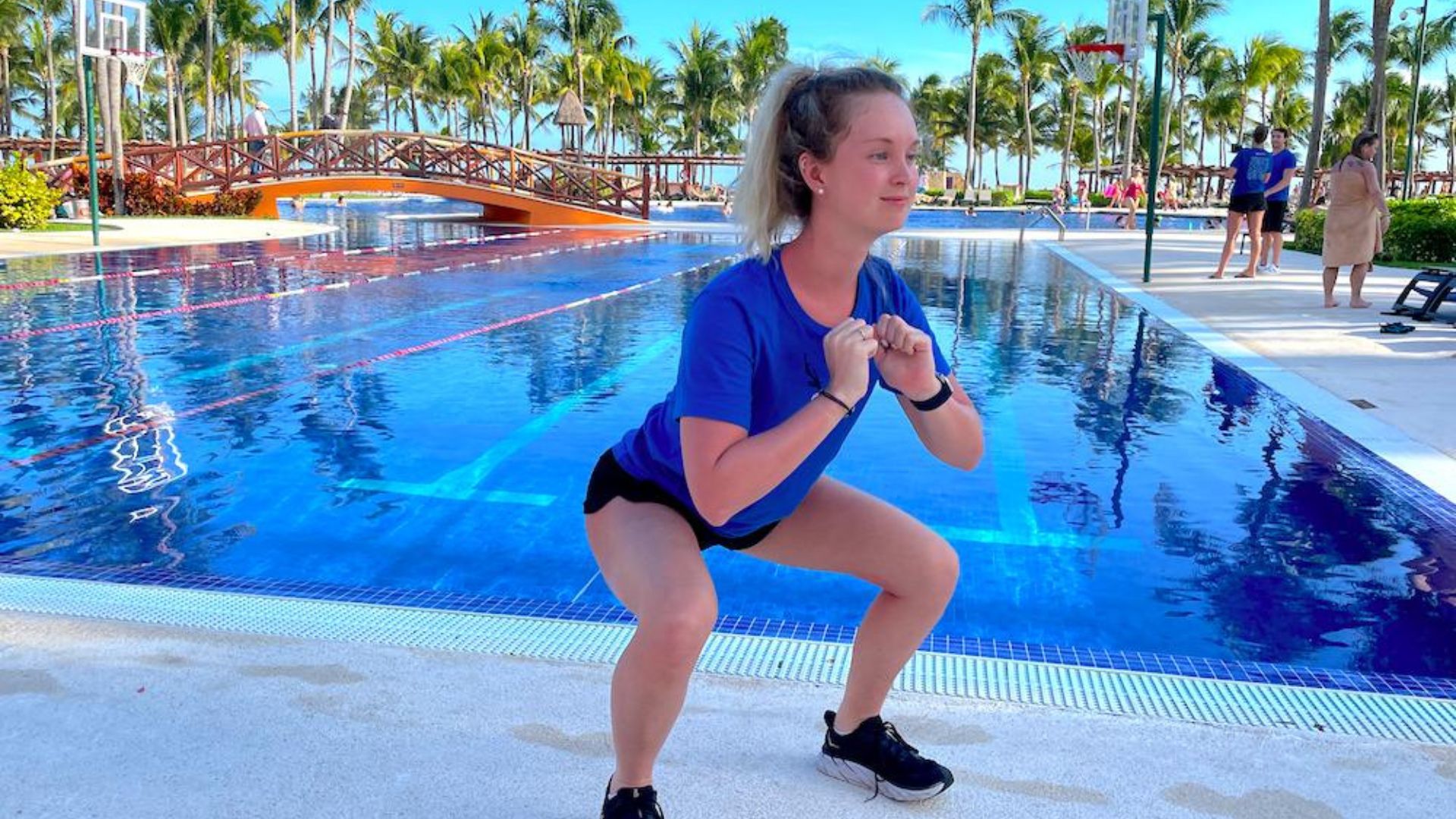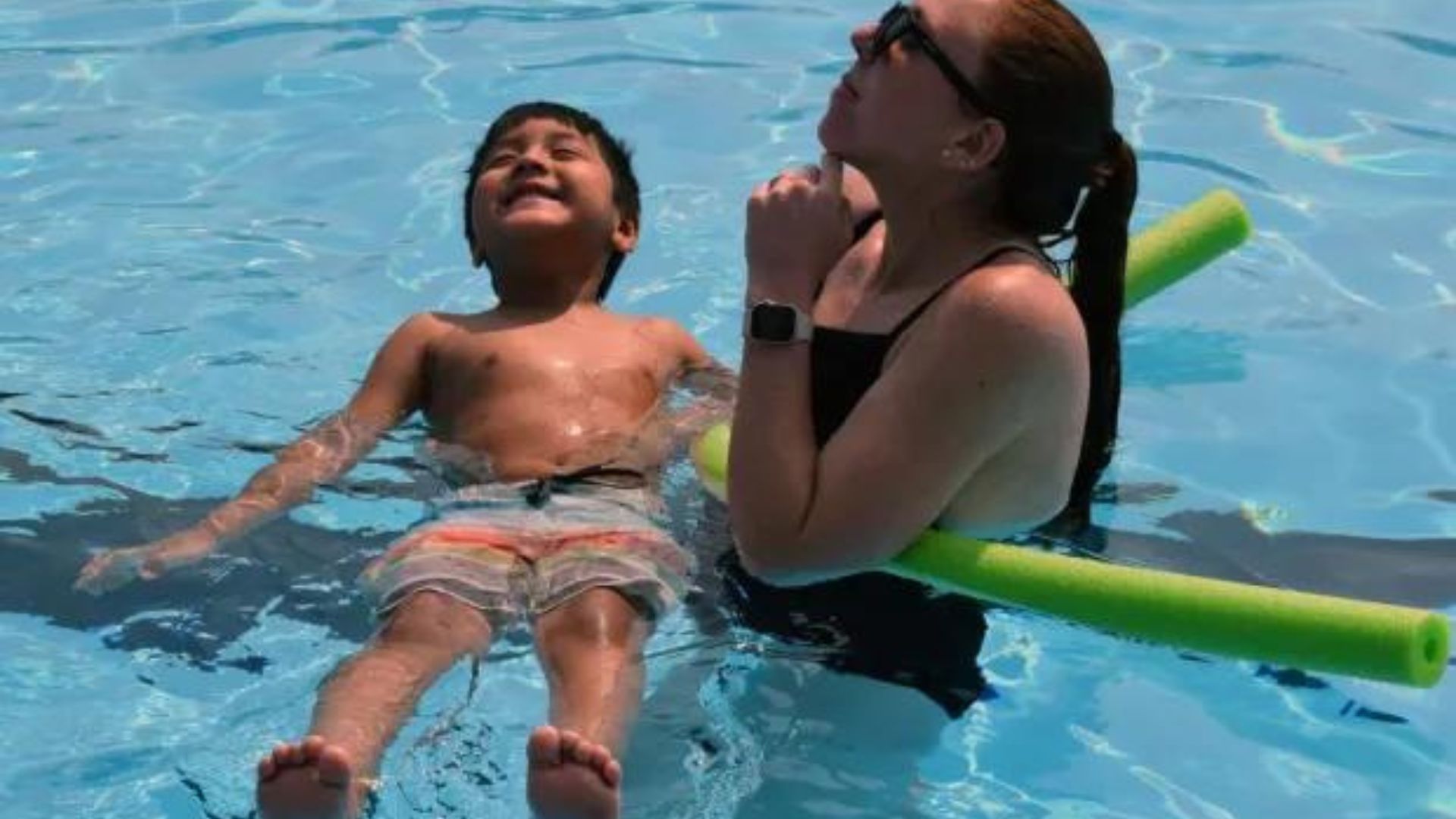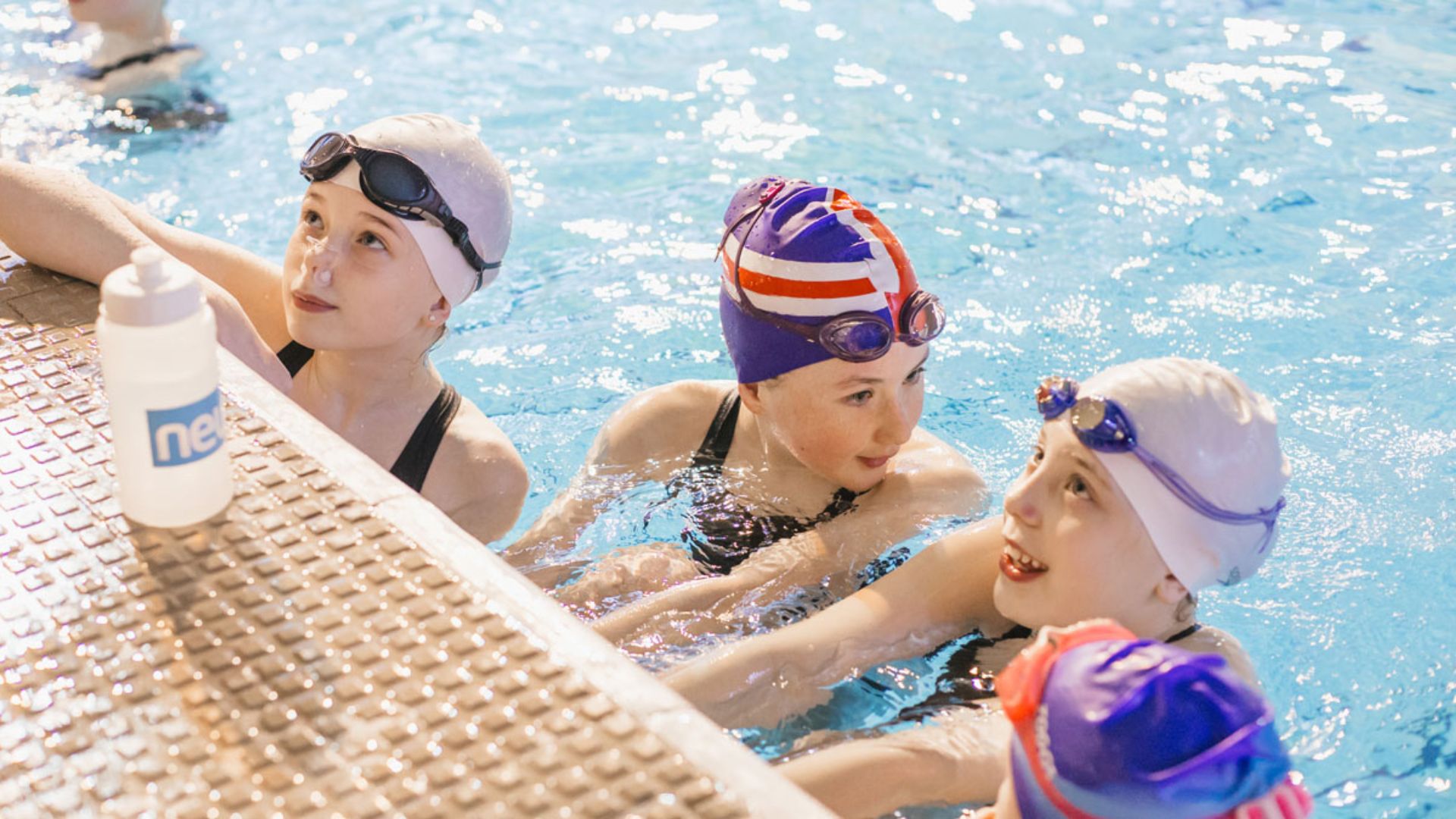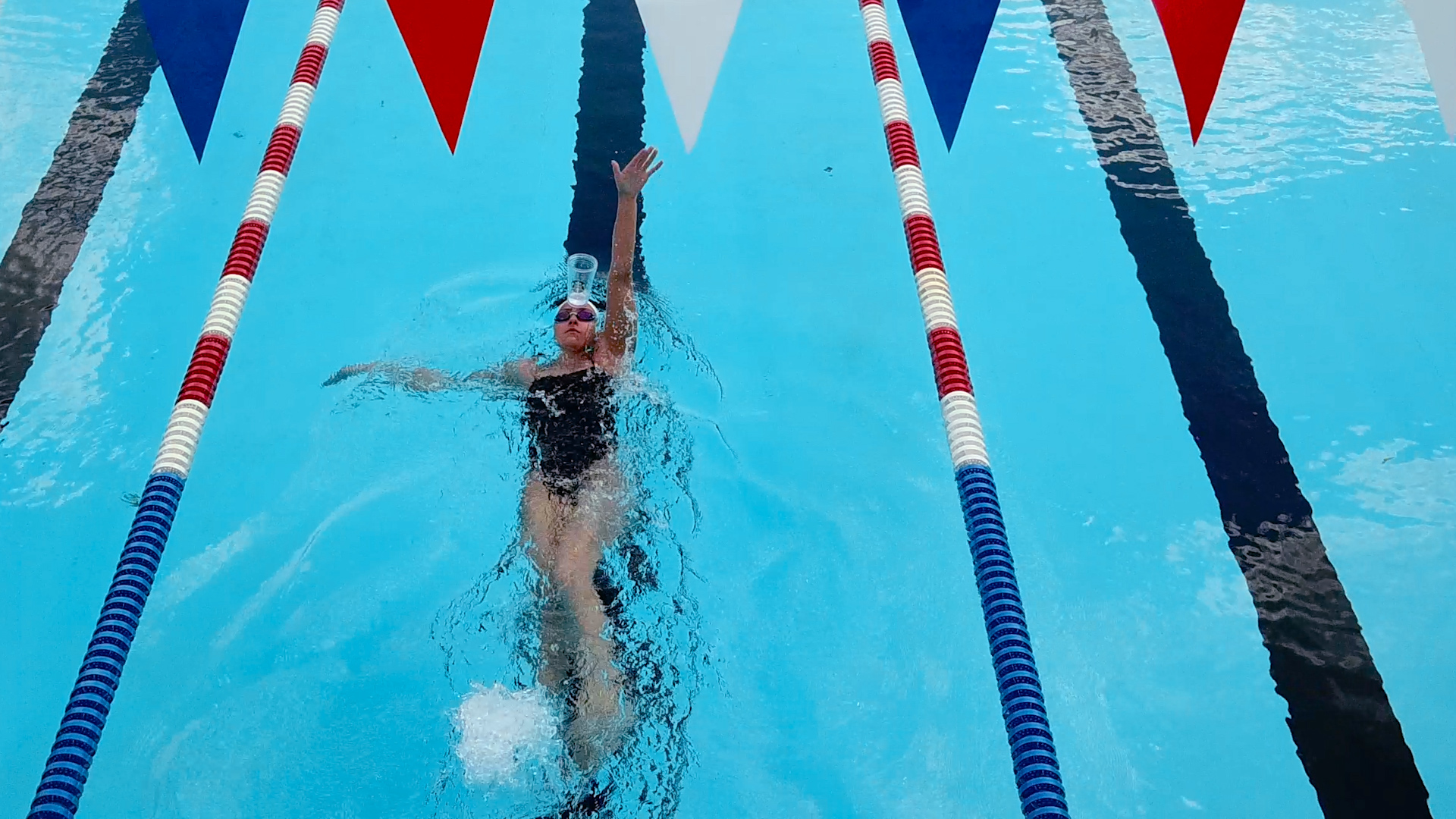Swimming is an excellent form of exercise, offering a full-body workout that builds strength, endurance, and cardiovascular fitness. However, to reach peak performance and avoid injury, swimmers can benefit greatly from incorporating cross-training into their routines. Cross-training involves engaging in different types of exercises to enhance overall fitness, prevent overuse injuries, and improve specific aspects of swimming performance. Here are some effective cross-training options for swimmers.
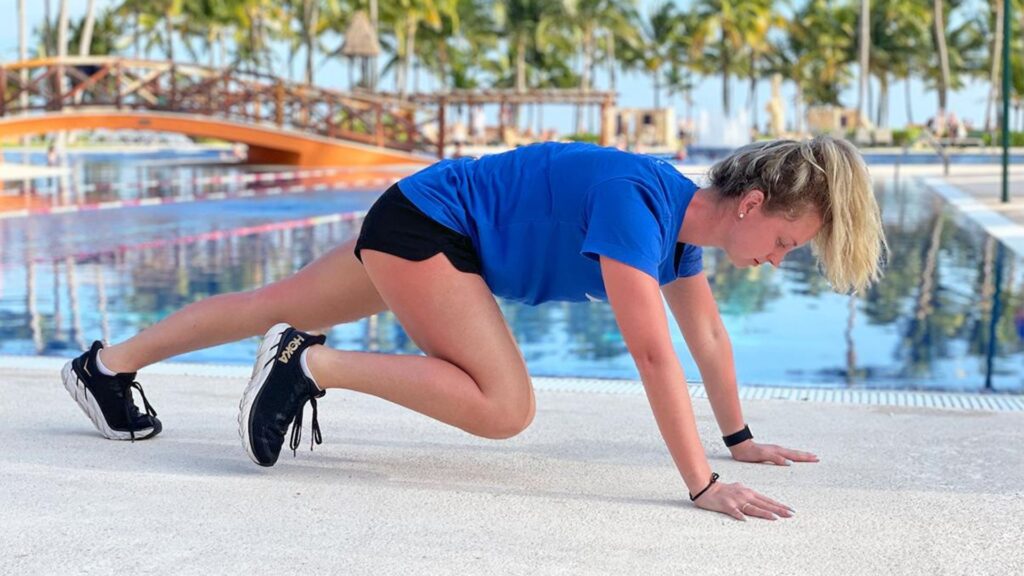
Benefits of Cross-Training for Swimmers
Improved Overall Fitness
Cross-training helps swimmers develop a well-rounded fitness profile. While swimming primarily works the upper body, core, and legs, cross-training can target muscles that might be underutilized during swimming, enhancing overall strength and balance.
Injury Prevention
Engaging in different types of exercise reduces the risk of overuse injuries common in swimmers, such as shoulder injuries and tendinitis. By varying the types of stress placed on the body, cross-training allows for better muscle recovery and reduces the likelihood of repetitive strain injuries.
Enhanced Performance
Cross-training can improve specific components of swimming, such as power, flexibility, and aerobic capacity. For instance, strength training can boost muscle power, while yoga can enhance flexibility and core stability, all of which contribute to better swimming performance.
Cross-Training Options
Strength Training
Strength training is crucial for swimmers to build muscle power and endurance. Focus on exercises that target the major muscle groups used in swimming, such as the shoulders, back, core, and legs.
- Upper Body: Incorporate exercises like pull-ups, push-ups, and dumbbell rows to strengthen the shoulders and back.
- Core: Perform planks, Russian twists, and leg raises to build a strong core, which is essential for maintaining proper body position in the water.
- Lower Body: Squats, lunges, and calf raises help develop leg strength, contributing to powerful kicks and starts.
Yoga and Pilates
Yoga and Pilates are excellent for improving flexibility, balance, and core strength. These exercises can help swimmers enhance their range of motion and maintain a streamlined body position.
- Yoga: Practice poses like the Downward Dog, Warrior II, and Child’s Pose to improve flexibility and reduce muscle tightness.
- Pilates: Focus on exercises like the Hundred, Roll-Up, and Teaser to build core strength and stability.
Running
Running is a great way to improve cardiovascular fitness and leg strength. It helps build endurance and can be an effective alternative to swimming for aerobic conditioning.
- Endurance Runs: Long, steady-paced runs improve overall cardiovascular fitness and stamina.
- Interval Training: Incorporate high-intensity interval training (HIIT) to enhance anaerobic capacity and speed, which can translate to better sprint performance in swimming.
Cycling
Cycling offers a low-impact cardiovascular workout that strengthens the legs and improves endurance without putting excessive stress on the joints.
- Road Cycling: Engage in long-distance rides to build cardiovascular fitness and leg strength.
- Spinning Classes: Participate in indoor cycling classes to incorporate interval training and enhance overall fitness.
Rowing
Rowing is an excellent full-body workout that targets the upper body, core, and legs. It mimics the pulling motion used in swimming, making it an effective cross-training option.
- Rowing Machines: Use a rowing machine to perform steady-state or interval workouts, focusing on maintaining good form to prevent injury.
Flexibility and Mobility Work
Improving flexibility and mobility is essential for swimmers to maintain a full range of motion and prevent injuries. Incorporate regular stretching and mobility exercises into your routine.
- Dynamic Stretching: Perform dynamic stretches before workouts to prepare the muscles and joints for exercise.
- Static Stretching: Engage in static stretching post-workout to improve flexibility and reduce muscle tightness.
CrossFit
CrossFit combines strength training, cardiovascular conditioning, and flexibility exercises in a high-intensity format. It can be an effective way to improve overall fitness and build mental toughness.
- WODs (Workouts of the Day): Participate in CrossFit WODs that incorporate varied exercises to enhance strength, endurance, and flexibility.
Conclusion
Cross-training is a valuable addition to a swimmer’s training regimen. By incorporating strength training, yoga, running, cycling, rowing, and flexibility exercises, swimmers can enhance their overall fitness, prevent injuries, and improve performance in the pool. Remember, balance is key – integrate cross-training gradually and listen to your body to achieve the best results. With a well-rounded approach, you’ll become a stronger, faster, and more resilient swimmer.
